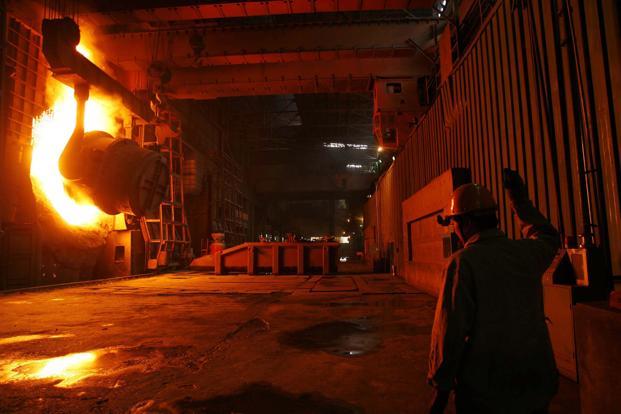Declining iron ore prices indicate trouble ahead
Post Date: 07 May 2014 Viewed: 461

Global iron ore producers are putting up a brave front in the face of falling prices, slow growth in steel production and an increase in supply. The only silver lining, if there is one, is that new supply is coming in at relatively lower costs. That may see some parts of the market remain viable.
Global crude steel production grew by just 2.5% in the first quarter of 2014 due to a slowdown in China’s output, which grew by only 2.4%. Global growth would have been even slower but for a recovery in the European Union. India, of course, is in a worse position, with steel output growing by just 1.6% during the first quarter. Slower steel output growth affects the demand for iron ore as well. China’s steel output has been hit by slower economic growth, while the demand for iron ore has also taken a hit by the government frowning upon the practice of using iron ore as collateral in lending transactions.
Ore prices have been falling, affecting profits. Vale SA reported its March-quarter results last week, with a 19% decline in net profit, according to aFinancial Times report which said it reported selling prices during the quarter that were lower than consensus estimates. The price of ore, with 62% iron content, delivered to China’s Tianjin port has declined by 21% in 2014 to $105.4 a tonne, according to a Bloomberg news report. But Valeexpects prices to improve in the second half of the year.
India’s situation is somewhat different. The Indian ore industry is coming to terms with regulatory action. In Karnataka, mining has restarted andSesa Sterlite Ltd’s results showed it mined 1.5 million tonnes (mt) during the quarter, but evacuating the ore for sale has not made much progress. Goa’s iron industry has been allowed to restart mining, but with caps and a new process to allocate mines. After Goa and Karnataka, Odisha is the next state where some regulatory action on iron ore mining could be in the offing.
If the fall in global prices sustains, it will depress the earnings of Indian ore companies as well. This will be felt when mining, exports and domestic supplies resume at their optimal levels. But the main worry could be for steel-makers as a prolonged spell of falling ore prices is likely to see steel prices soften as well. That could hurt profitability.
What could change that prognosis is if global iron-ore capacity that has turned unviable at current prices exits the market. It would also help if globally, steel companies rein in output. Both events could result in a more balanced market and support prices.



